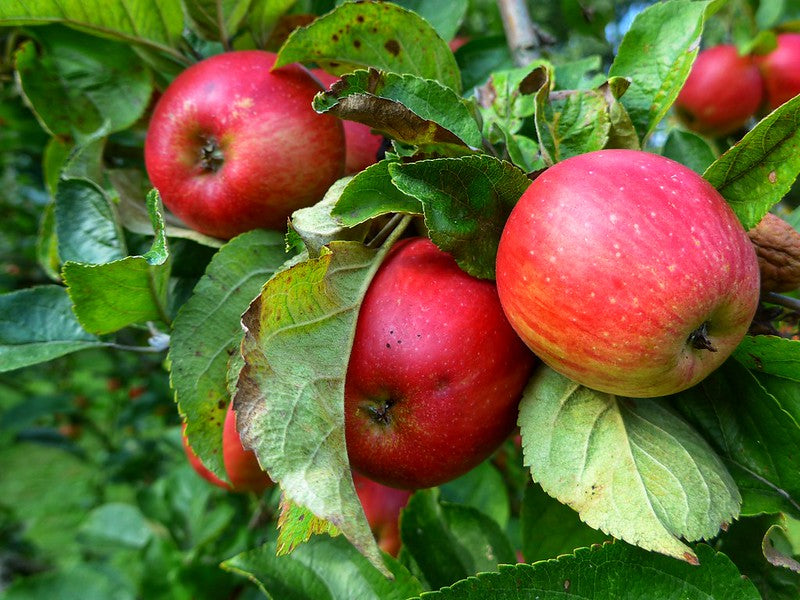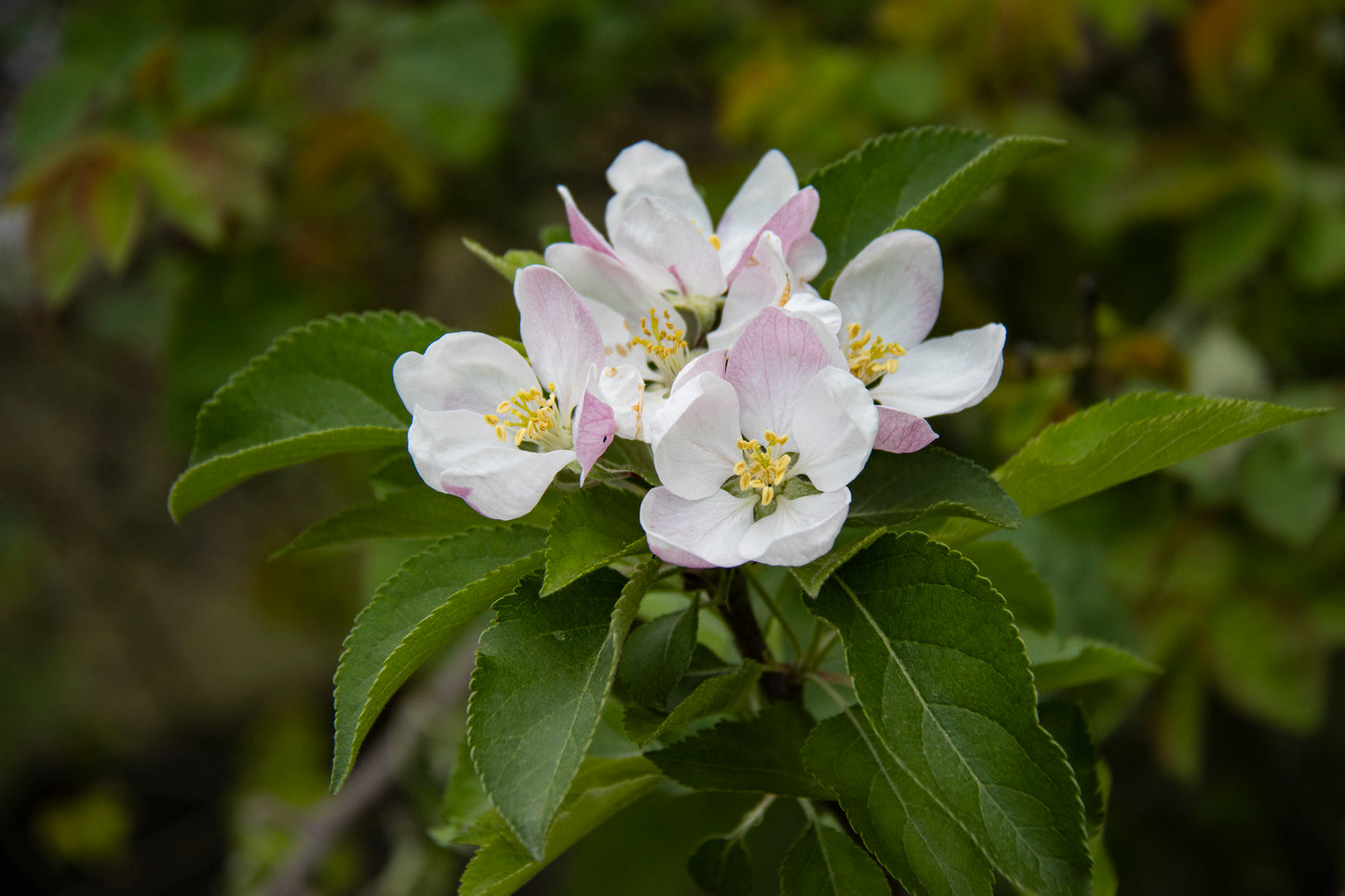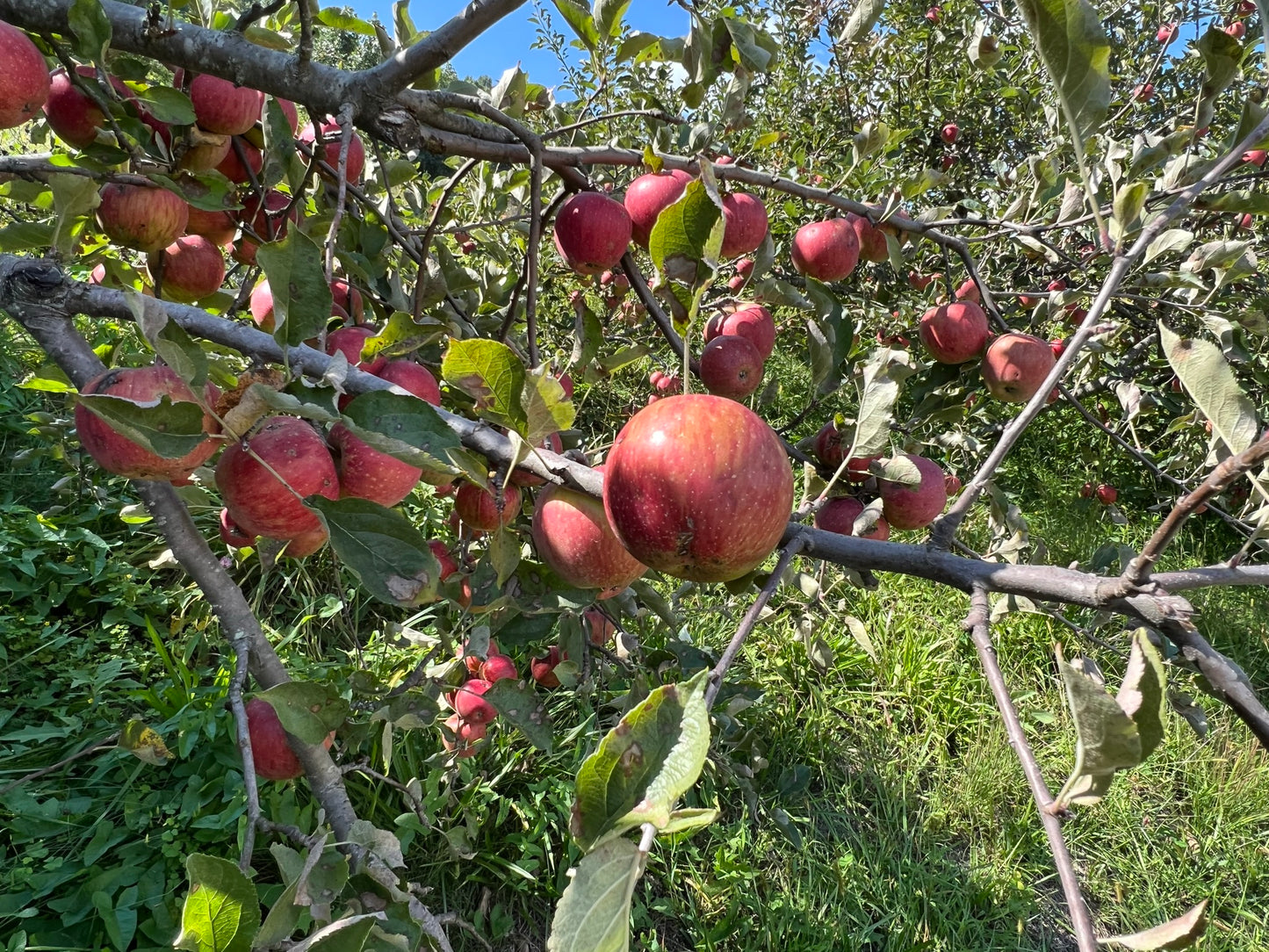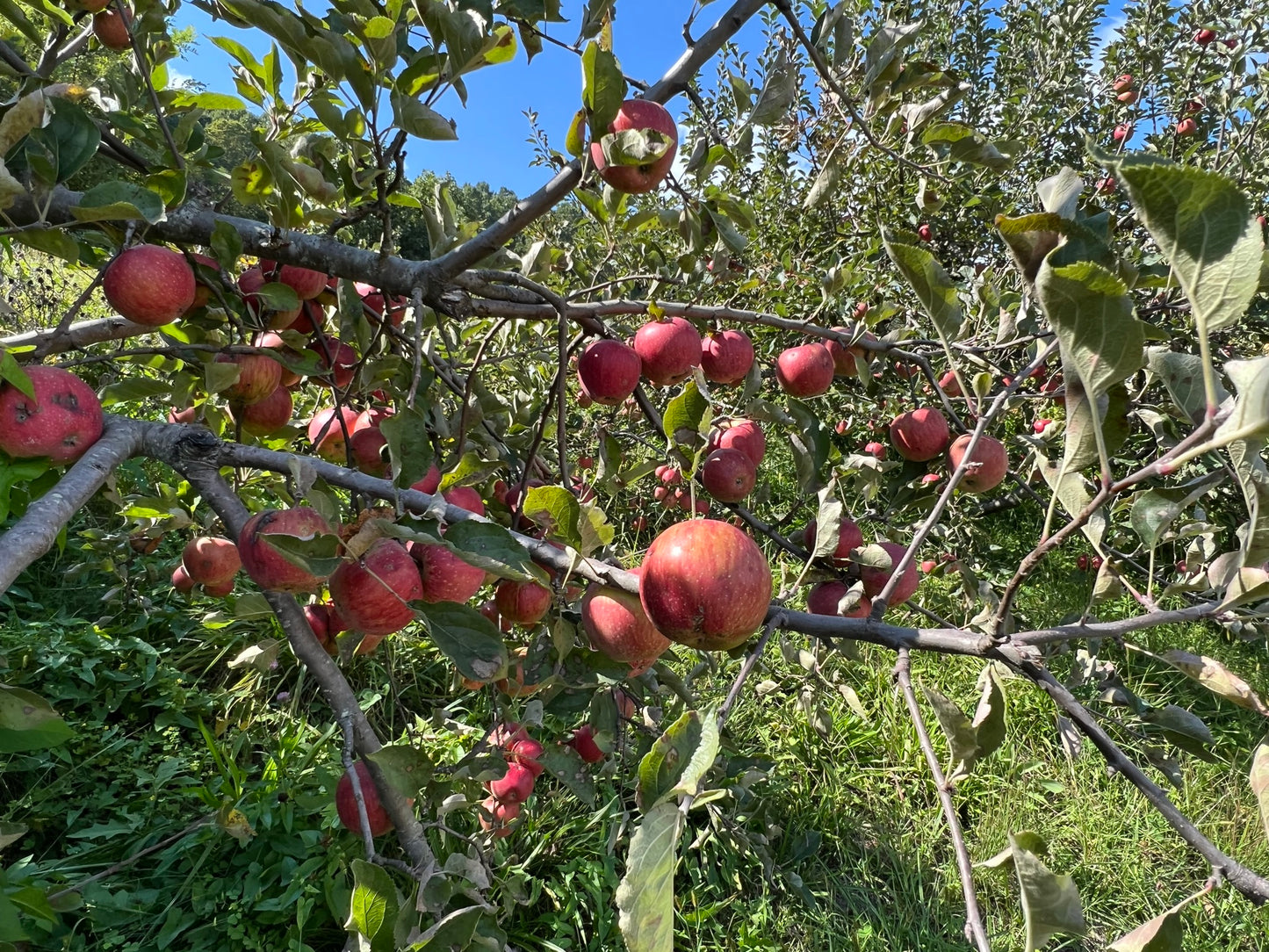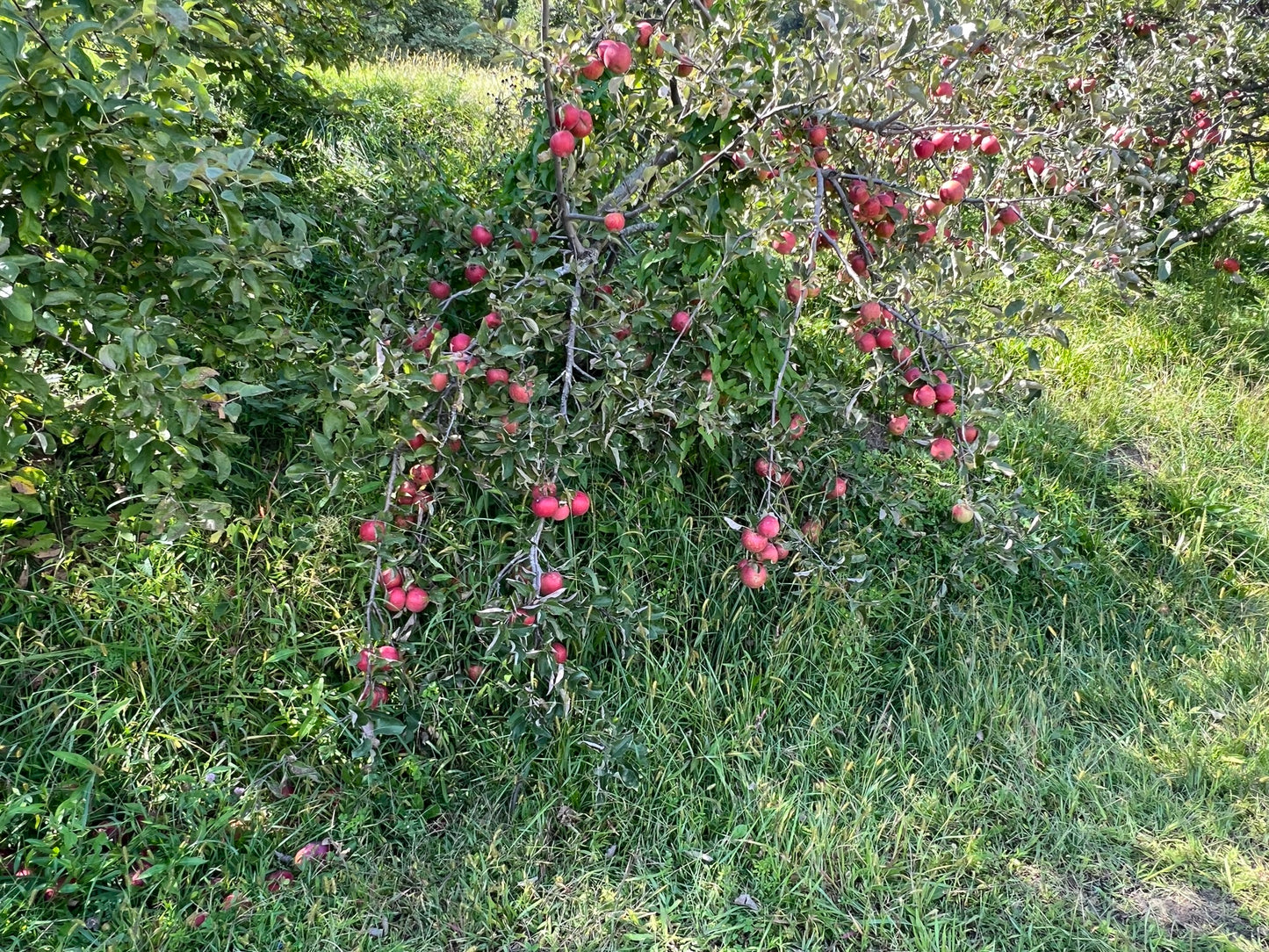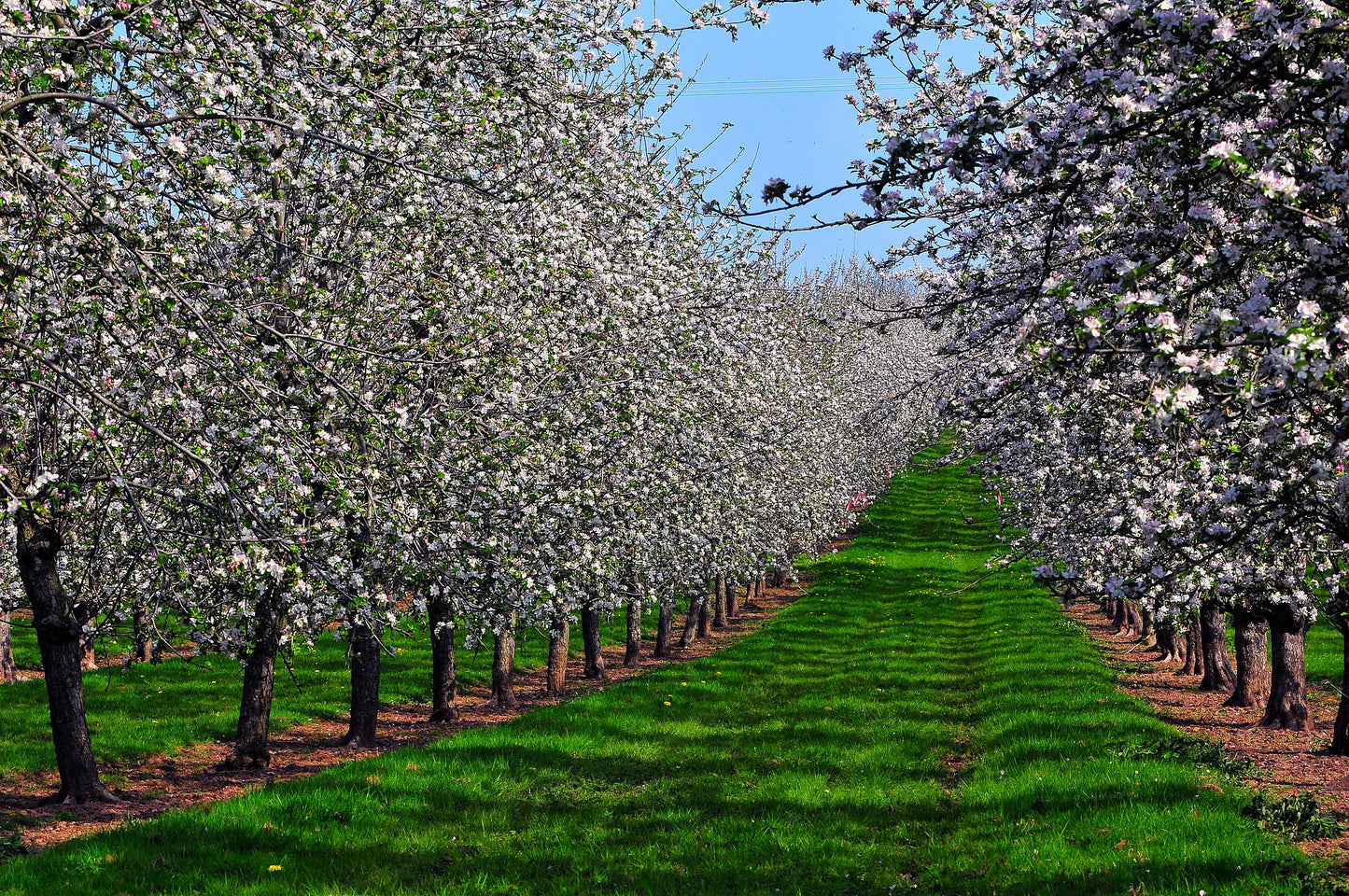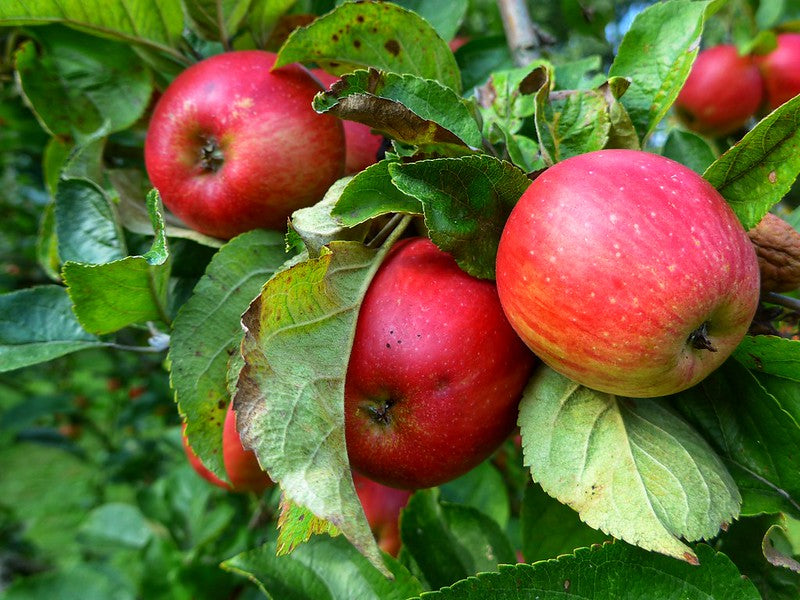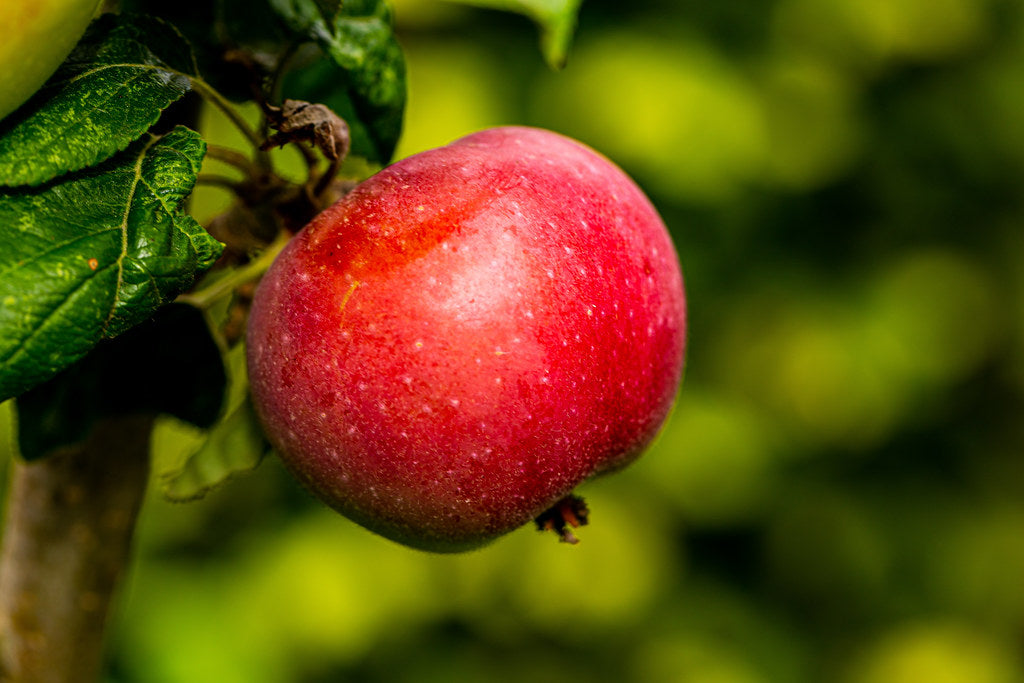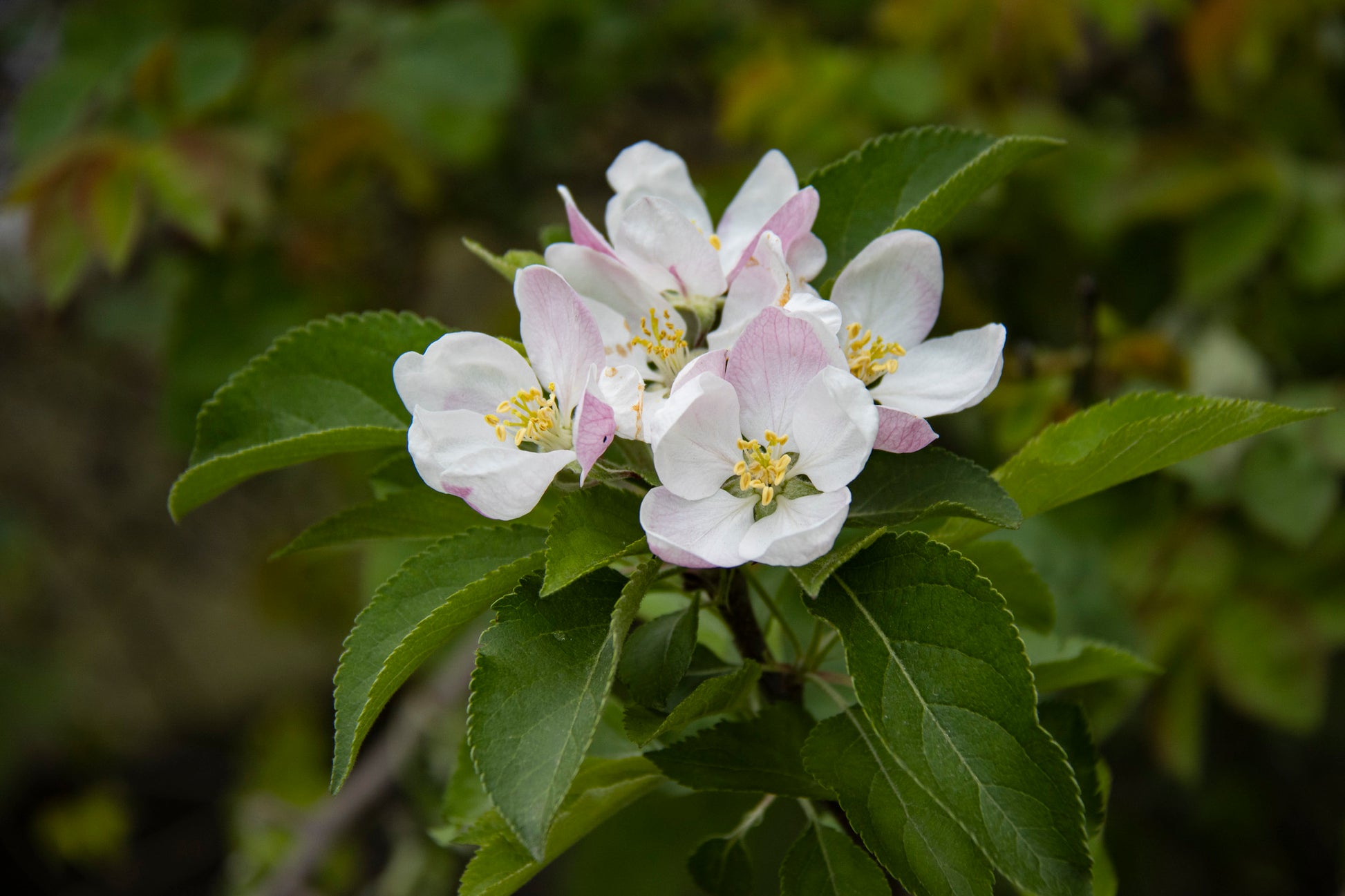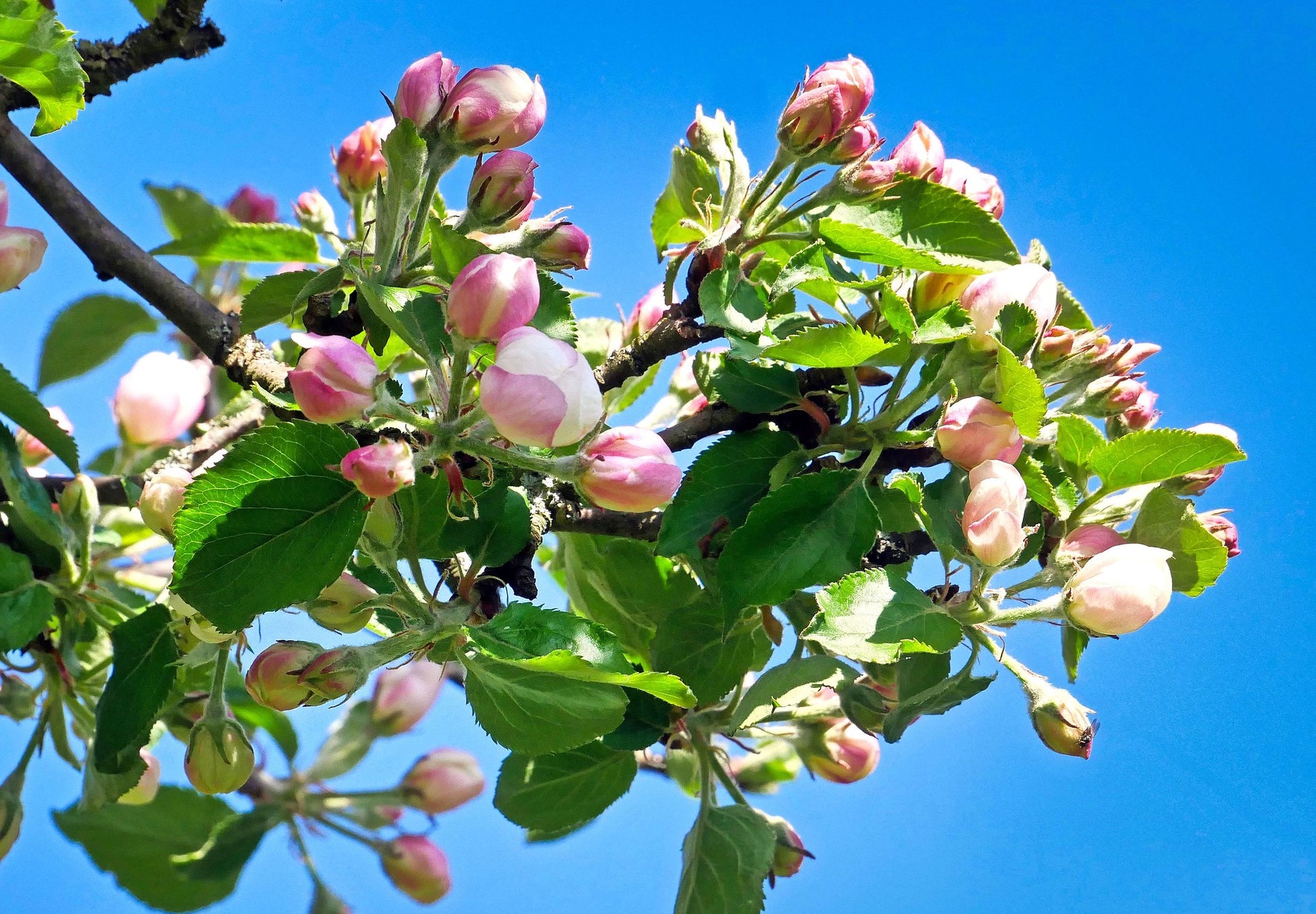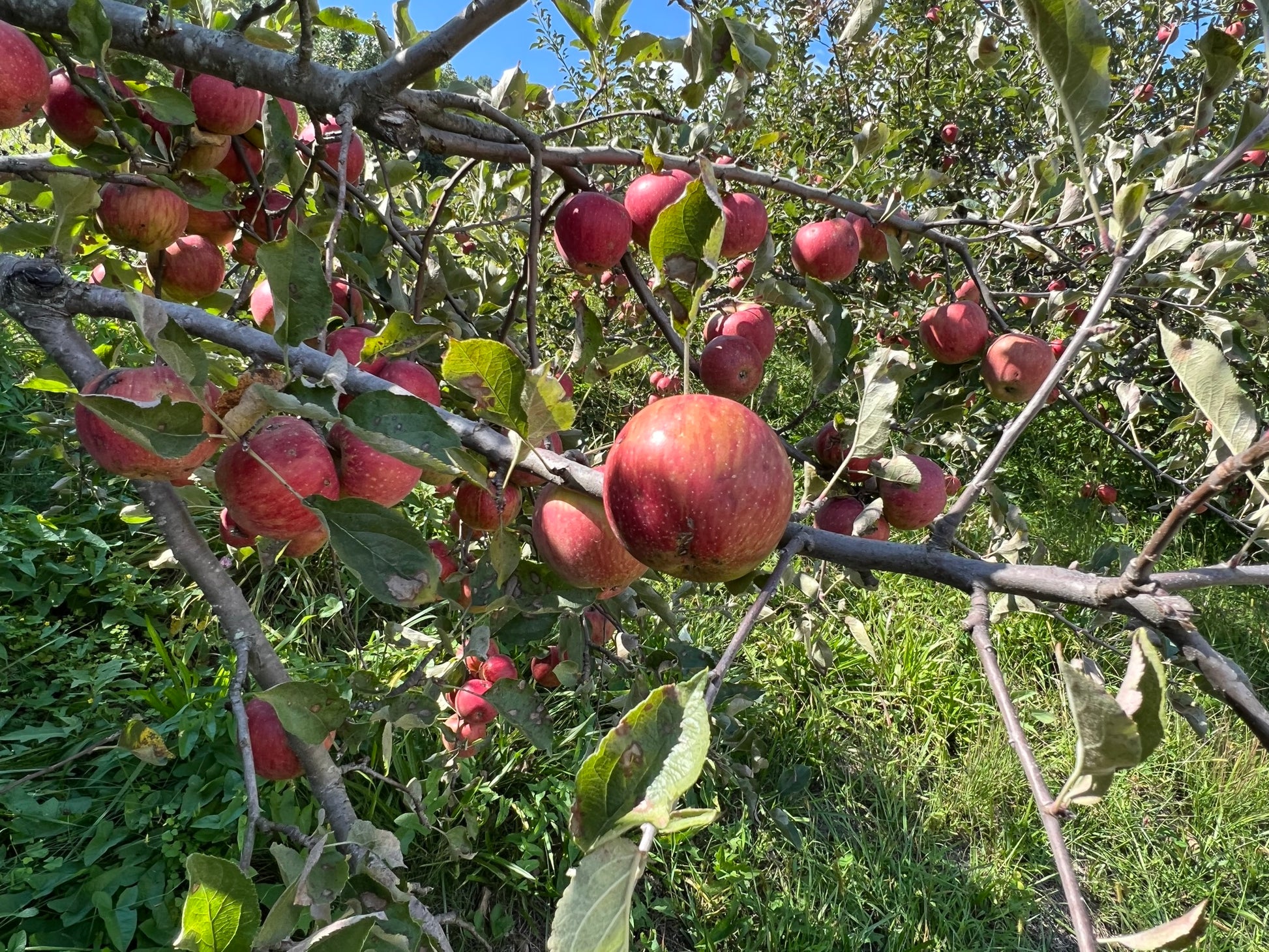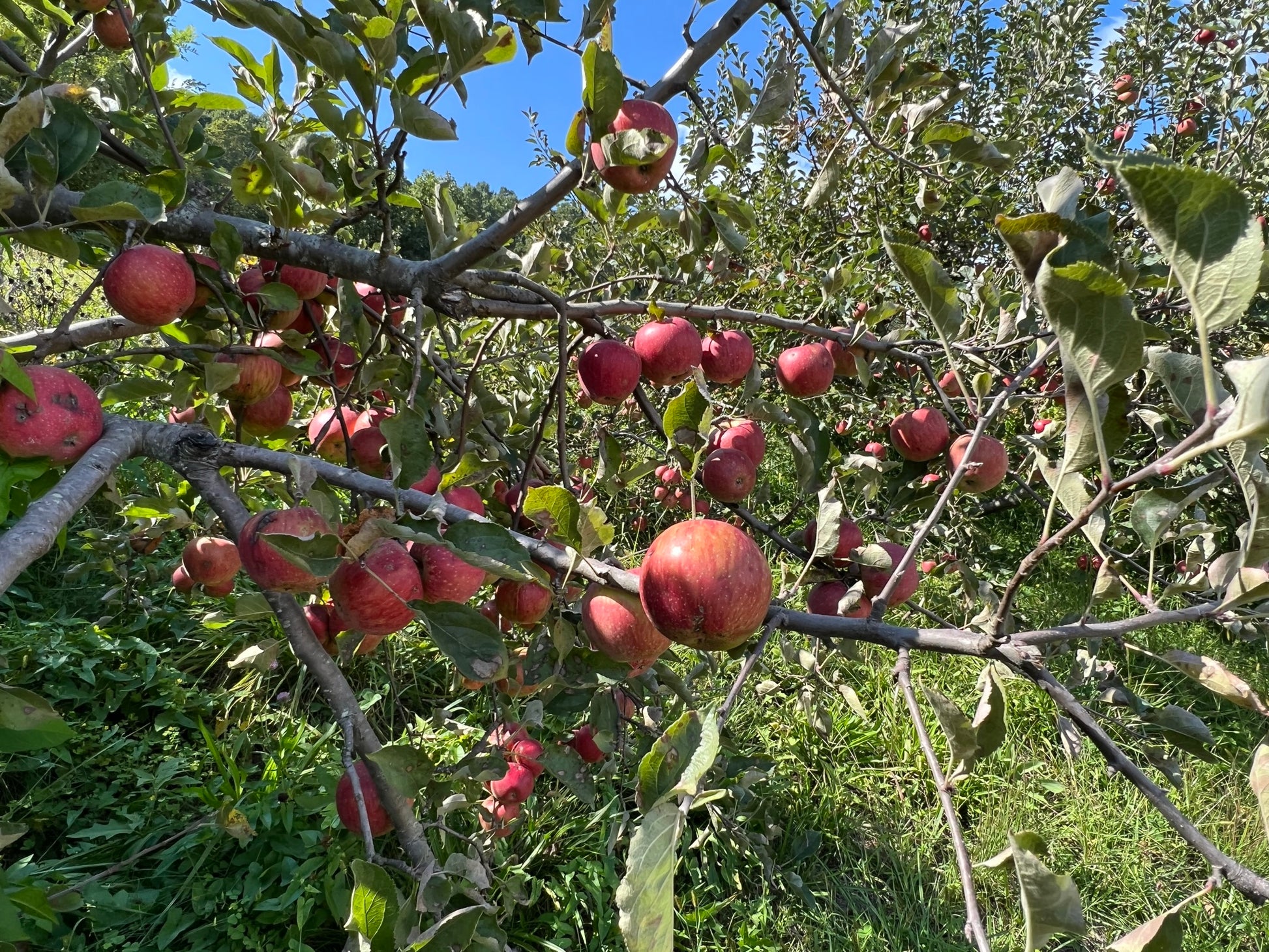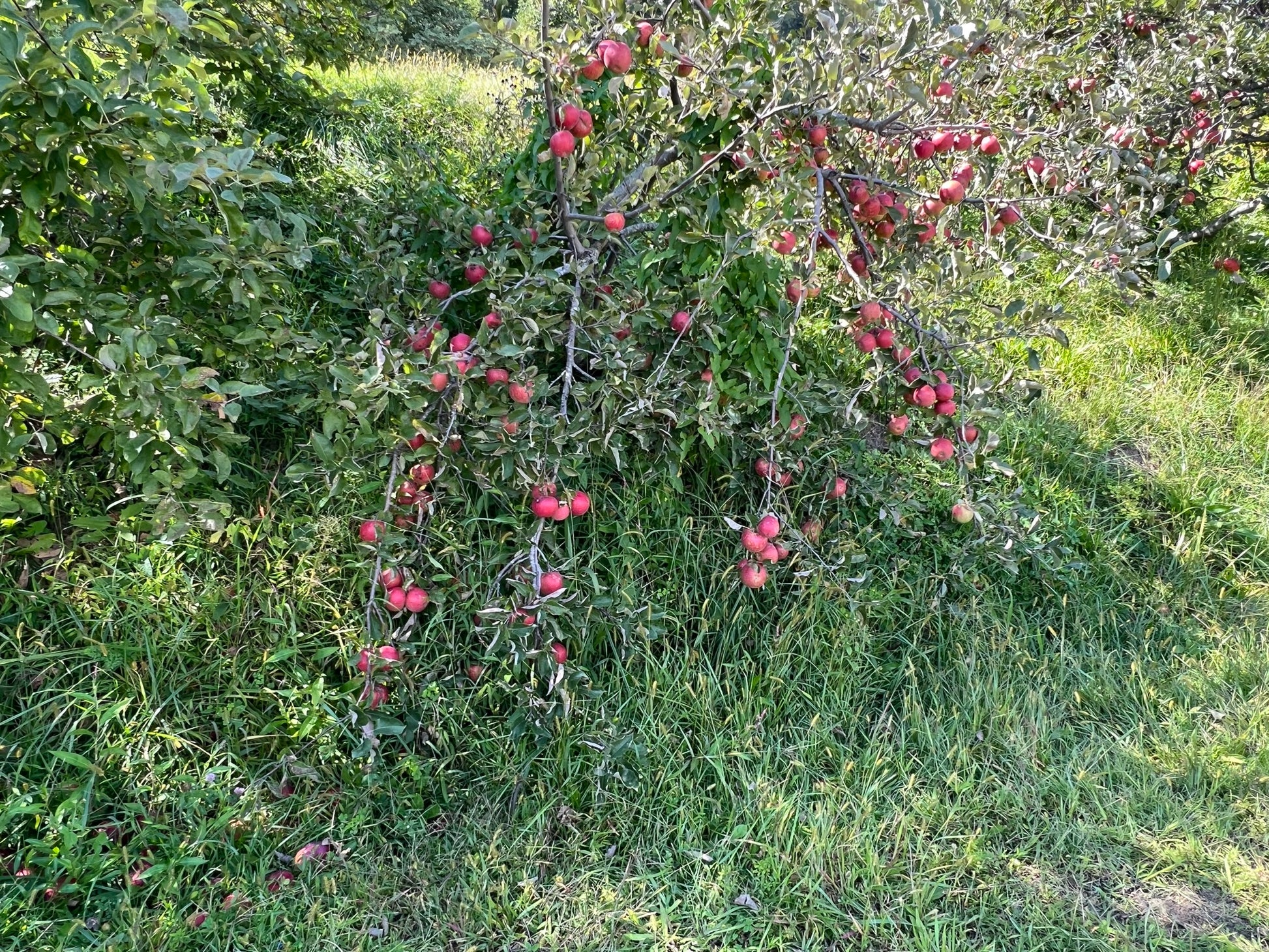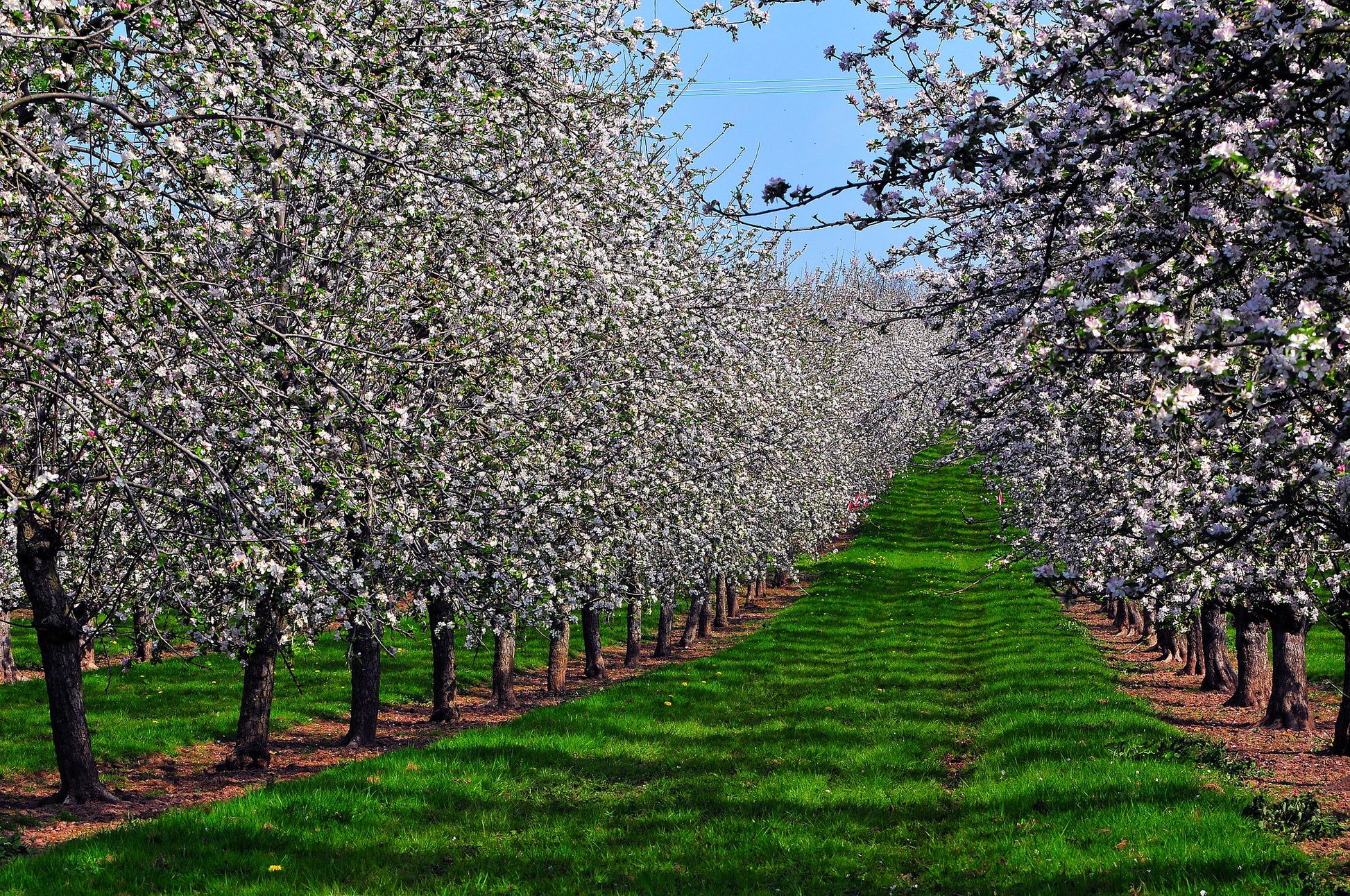Floridaseeds
Apple Tree Malus domestica 100 Seeds USA Company
Apple Tree Malus domestica 100 Seeds USA Company
Couldn't load pickup availability
Malus domestica, commonly known as the apple tree, is a deciduous tree in the rose family (Rosaceae) and is one of the most widely cultivated fruit trees worldwide. Here are some key characteristics and information about the apple tree:
Size: Apple trees vary in size depending on the cultivar and growing conditions. They can range from dwarf varieties, which may only reach a few feet in height, to standard trees that can grow up to 30 feet tall or more.
Leaves: The leaves of the apple tree are typically oval-shaped with serrated edges. They are arranged alternately on the branches and are typically dark green in color, turning yellow or red in the fall before dropping off.
Flowers: In the spring, apple trees produce clusters of fragrant white or pink flowers. These flowers are an important source of nectar for pollinators like bees and are essential for fruit development.
Fruit: The fruit of the apple tree is, of course, the apple itself. Apples come in a wide variety of colors, sizes, and flavors depending on the cultivar. They can be eaten fresh, used in cooking and baking, or pressed for juice or cider.
Pollination: Most apple trees are not self-pollinating, meaning they require pollen from a different apple variety to produce fruit. To ensure proper pollination and fruit set, it's important to plant compatible apple varieties within close proximity.
Growing Conditions: Apple trees prefer full sun and well-drained soil. They are adaptable to a range of soil types but perform best in slightly acidic to neutral soil pH. Proper spacing, pruning, and disease management are important for maintaining tree health and maximizing fruit production.
Pruning: Regular pruning is essential for shaping the tree, removing dead or diseased wood, and promoting airflow and sunlight penetration within the canopy. Pruning should be done during the dormant season to minimize stress on the tree.
Harvesting: Apples are typically ready for harvest in late summer or fall, depending on the variety. Harvesting should be done carefully to avoid damaging the fruit, and apples should be stored properly to maintain freshness. Hardy in zones 4-8.
Growing Instructions for the Apple Tree
The seeds have a period of dormancy. They can be planted outdoors in the fall or winter for spring germination or they can be cold stratified to simulate winter conditions and to break their dormancy at any time of the year. 1. Soak the seeds in water for 24 hours. 2. Put the seeds in a ziplock bag. 3. Put the bag in the refrigerator and leave it there for 4 months. 4. The seeds like moist, well-drained soil. Use a sterile seed starter mix, if available. It prevents soil fungi from damaging the seeds and the seedlings. If not available, then make a mixture of half potting soil and half sand, perlite or vermiculite. 5. Put the soil in a pot. 6. Sow the seeds on the soil. 7. Cover the seeds with a layer of soil. 8. Water the soil so that it is moist but not wet. The seeds should start to germinate in 1 to 2 weeks. 9. When the seedlings are 1-2 years old, they can be transplanted.
Materials
Materials
Shipping & Returns
Shipping & Returns
Dimensions
Dimensions
Care Instructions
Care Instructions
Share
